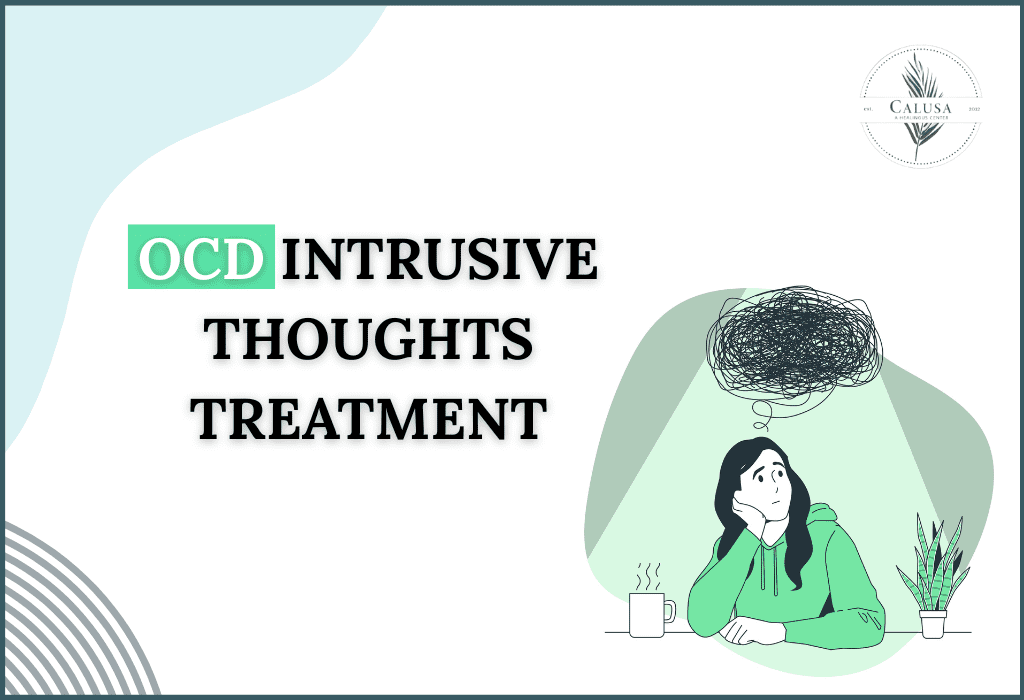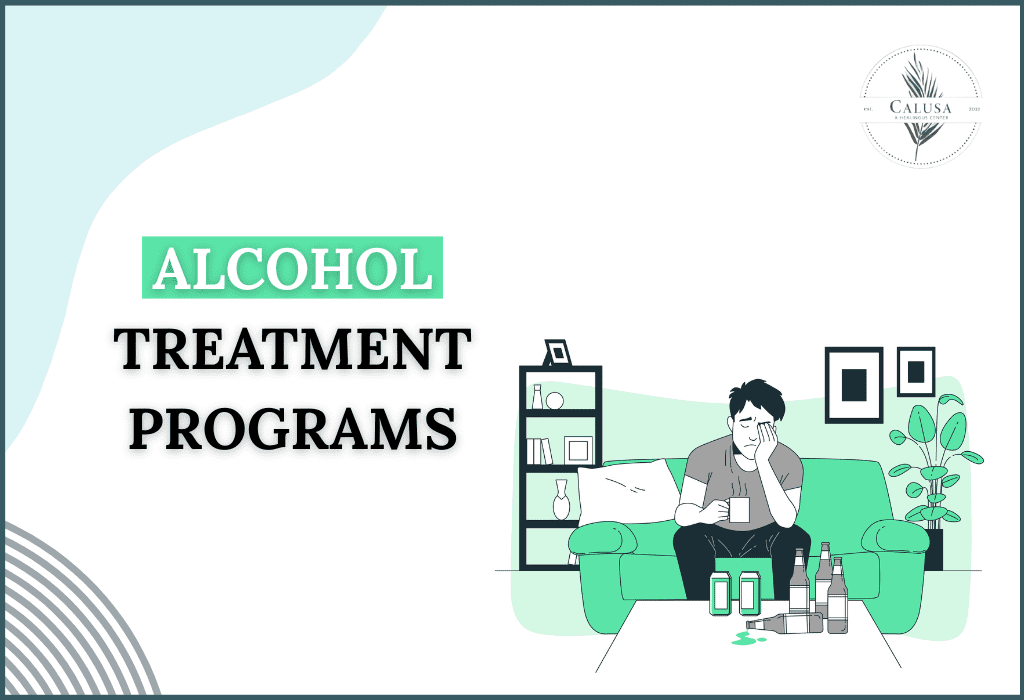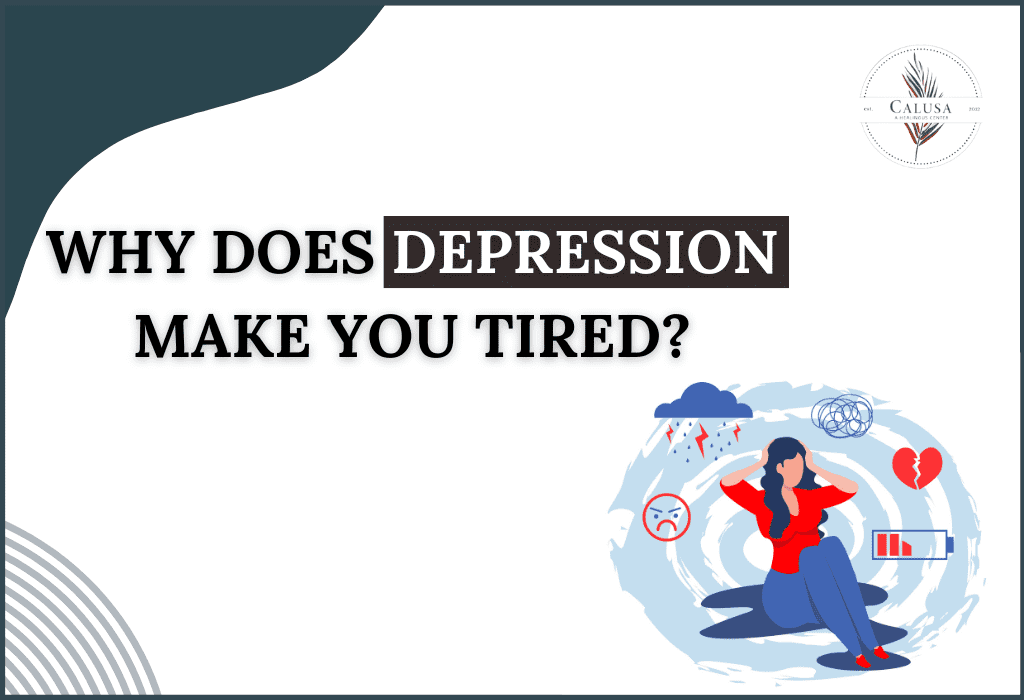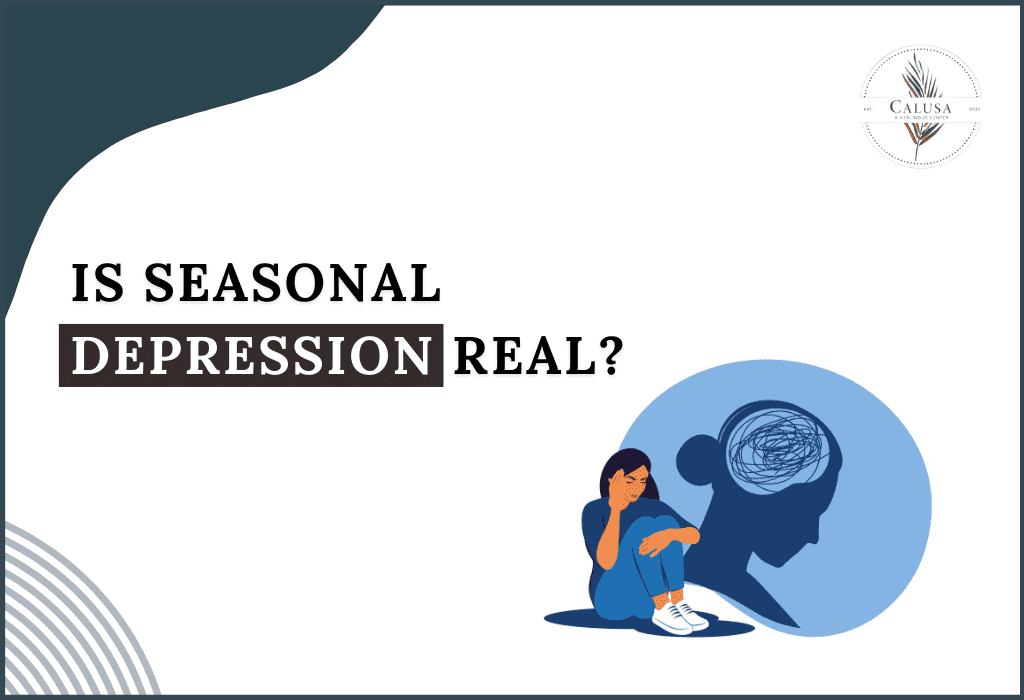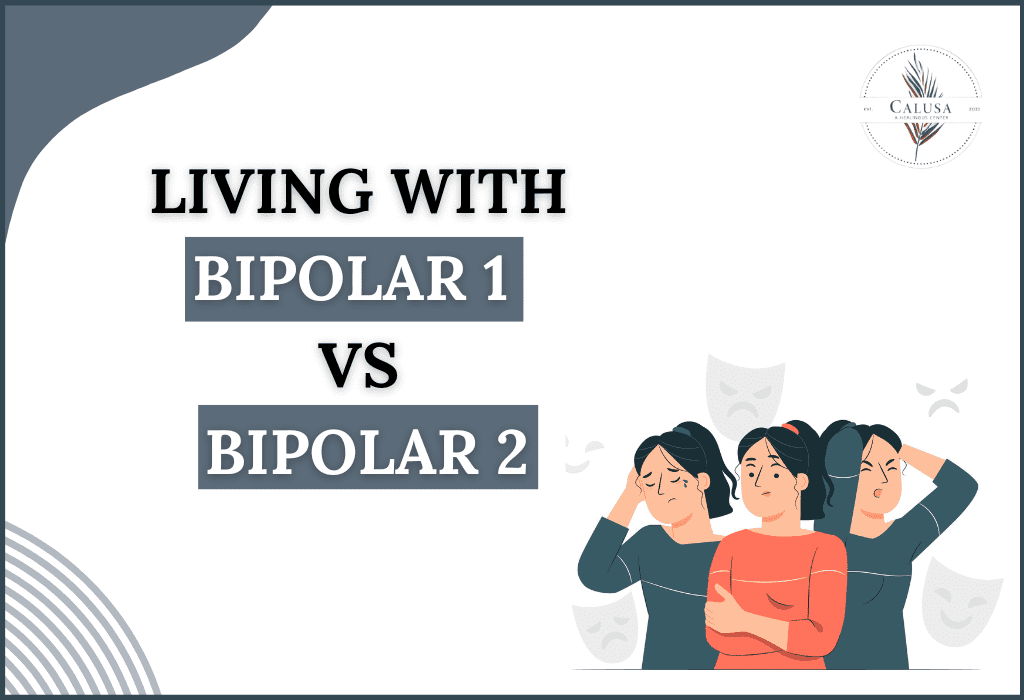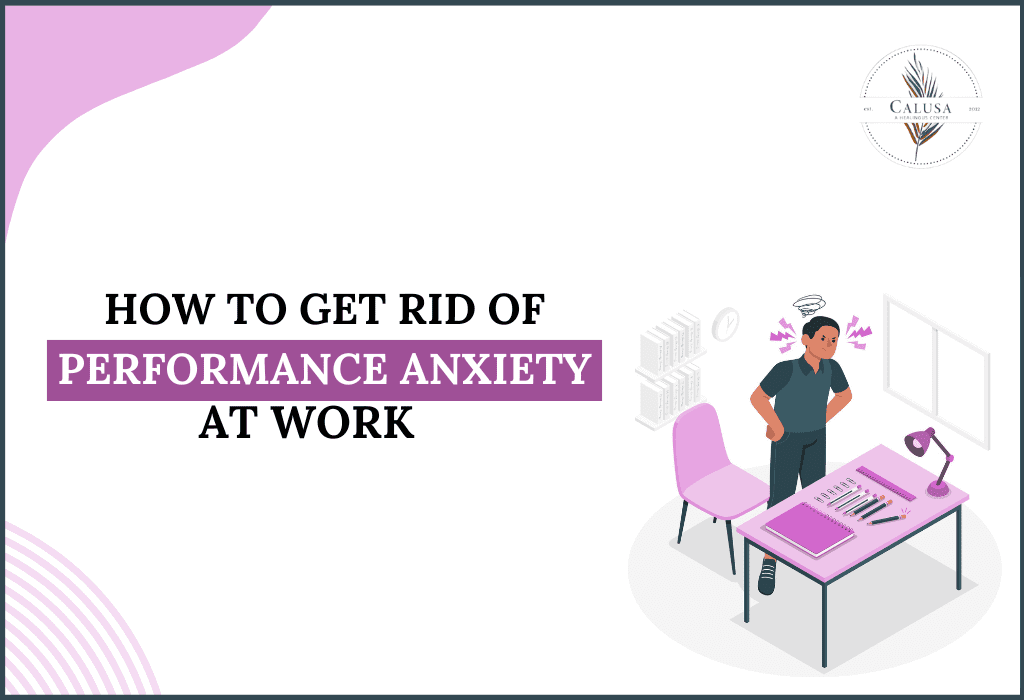“I don’t recognize myself anymore.”
That’s a sentence we hear far too often from people silently battling bipolar disorder or from their loved ones watching the rollercoaster unfold. The highs feel euphoric, the lows feel paralyzing, and in between is a person desperately searching for a sense of balance. The good news? You’re not alone. And more importantly, you’re not helpless.
Finding the right path to healing starts with understanding one powerful concept: the first-line treatment for bipolar disorder matters. The sooner it’s recognized and properly managed, the better the outcome will be. Let’s dive into what expert-backed treatments are available and how they’re helping people take their lives back, one day at a time.
Understanding Bipolar Disorder: The Basics
Bipolar disorder isn’t just “mood swings.” It’s a chronic mental health condition that affects how you feel, think, and act. People with bipolar disorder experience intense emotional states, manic highs and depressive lows that can last for days, weeks, or even longer.
There are a few types, but Bipolar I and Bipolar II are the most common. In both, the mood shifts are extreme, unpredictable, and often disruptive. The journey to stability starts with the right treatment plan, beginning with what experts call first-line treatment for bipolar disorder.
What Does “First-Line Treatment” Mean?
In medical terms, “first-line treatment” refers to the standard approach that experts recommend as the most effective and safe starting point for a condition. It’s not just guesswork based on research, clinical trials, and long-term success rates.
For bipolar disorder, these first-line treatments usually include a mix of:
- Medications
- Therapy
- Lifestyle changes
- Support systems
Let’s break them down.
1. Medication: The Foundation of Stability
When it comes to first-line treatment for bipolar disorder, medication is often the cornerstone. Doctors typically recommend:
Mood Stabilizers
These help regulate extreme emotional highs and lows. Lithium is one of the most well-known first-line medications. It’s been used for decades and remains one of the most effective treatments for both manic and depressive episodes.
Antipsychotic Medications
Drugs like quetiapine or olanzapine can manage severe mania or mixed episodes. In some cases, they’re used even when psychosis isn’t present.
Antidepressants (with caution)
Used only in certain cases and usually paired with a mood stabilizer to prevent triggering manic episodes.
Important: First-line treatment for bipolar disorder almost always includes medication, and finding the right mix may take time and adjustment.
2. Psychotherapy: Healing from the Inside Out
Medication manages the biology, but therapy supports the mind. It’s a vital part of the first-line treatment for bipolar disorder. Proven methods include:
Cognitive Behavioral Therapy (CBT)
Helps patients identify unhealthy thought patterns and replace them with healthier responses. Around 60% of individuals with bipolar disorder benefit from structured psychotherapy alongside medication, especially cognitive-behavioral therapy (CBT).
Interpersonal and Social Rhythm Therapy (IPSRT)
This focuses on building routines, a crucial tool for stabilizing mood cycles.
Family-Focused Therapy
Especially important when a loved one is involved in care. It provides education, emotional support, and communication strategies.
Tip: Talk therapy helps not just with bipolar symptoms, but with grief, shame, or confusion that often come along with the diagnosis.
3. Building a Structured Lifestyle
While medications and therapy are critical, a consistent lifestyle acts like glue, holding all the other treatments together. Experts recommend:
- Regular sleep schedules
- Consistent eating habits
- Limiting alcohol and caffeine
- Daily exercise
- Stress reduction practices like yoga or meditation
These aren’t optional; they’re part of the first-line treatment for bipolar disorder because they support stability and reduce the risk of relapse.
4. Education and Support: No One Should Do This Alone
Many people feel ashamed or misunderstood after a diagnosis. That’s why support groups, peer counseling, and mental health education are part of a strong treatment plan.
Psychoeducation programs have been shown to reduce relapse rates by up to 40% in people with bipolar disorder.
In fact, many experts include psychoeducation, teaching the patient and their family about bipolar disorder, as a recommended first-line treatment for bipolar disorder.
It helps in:
- Recognizing warning signs early
- Preventing full-blown episodes
- Understanding triggers
- Building empathy and communication at home
5. Customized Care at Calusa Recovery
At Calusa Recovery, we believe in personalized, compassionate treatment rooted in proven science and real human connection. Our clinical team is trained to identify and provide the first-line treatment for bipolar disorder with:
- Expert medication management
- Evidence-based therapy options
- Holistic healing programs
- Aftercare and relapse prevention plans
We don’t just treat the diagnosis, but also support the person.
Why First-Line Treatment Matters Early
The earlier someone starts the first-line treatment for bipolar disorder, the better the long-term prognosis. Research shows that untreated bipolar disorder can lead to:
- Increased hospitalization
- Substance abuse
- Relationship breakdowns
- Job loss
- Even suicidal behavior
Early and effective treatment reduces these risks, giving individuals a real chance to live full, stable, and meaningful lives.
Addressing Treatment Resistance: When First-Line Isn’t Enough
Sometimes, the first-line treatment for bipolar disorder needs to be adjusted. Everyone is different, and some may need:
- Combination medications
- Alternative therapies (like TMS or ketamine, under strict guidance)
- More intensive outpatient or residential programs
This isn’t failure, simply part of the journey. With the right team, progress is always possible.
Relapse Doesn’t Mean Restart
Relapse can be scary. But it doesn’t mean you’re back at square one. Most people with bipolar disorder experience relapses. What matters is how quickly you respond and get back on track with your treatment plan.
Revisiting the first-line treatment for bipolar disorder during relapse gives structure and clarity in uncertain moments.
Conclusion: Recovery Is Real and It Starts with a Choice
If you or someone you love is living with bipolar disorder, know this: you don’t have to live in chaos. You don’t have to stay stuck.
At Calusa Recovery, we don’t just offer treatment; we offer hope, strategy, and a clear path forward. Our expert-led, heart-centered approach ensures you receive the most effective first-line treatment for bipolar disorder and everything that follows.
Take the first step today.
Reach out to Calusa Recovery to speak with a mental health expert and start building a future rooted in balance, clarity, and control.
Because healing starts with a single decision, and we’ll walk the rest of the journey with you.
FAQs
Q. What is the first-line treatment for bipolar disorder?
A. The first-line treatment for bipolar disorder includes mood stabilizers like lithium, antipsychotic medications, and therapy such as CBT. These treatments are proven to manage manic and depressive episodes effectively. A structured lifestyle and support systems also play key roles in long-term stability.
Q. How long does it take for bipolar medication to work?
A. Most bipolar medications take 1–3 weeks to begin showing noticeable results, with full effects sometimes taking up to 6–8 weeks. It’s important to follow your doctor’s guidance closely and report any side effects or changes in mood for proper adjustment and monitoring.
Q. Can bipolar disorder be treated without medication?
A. While therapy, lifestyle changes, and support systems are essential, medication is usually necessary for managing bipolar disorder effectively. Meds help stabilize mood fluctuations and prevent relapses. Skipping medication may increase the risk of episodes, especially in Bipolar I or II disorders.
Q. What happens if bipolar disorder is left untreated?
A. Untreated bipolar disorder can lead to worsening mood swings, increased risk of hospitalization, substance use, strained relationships, and suicide. Early intervention with first-line treatment significantly improves outcomes and helps individuals lead stable, productive lives.
Q. Does therapy work for bipolar disorder?
A. Yes, therapy is a vital part of treating bipolar disorder. CBT, family therapy, and rhythm-focused therapy help manage symptoms, improve coping skills, and reduce relapse risk. Therapy works best when paired with appropriate medication and lifestyle management.


